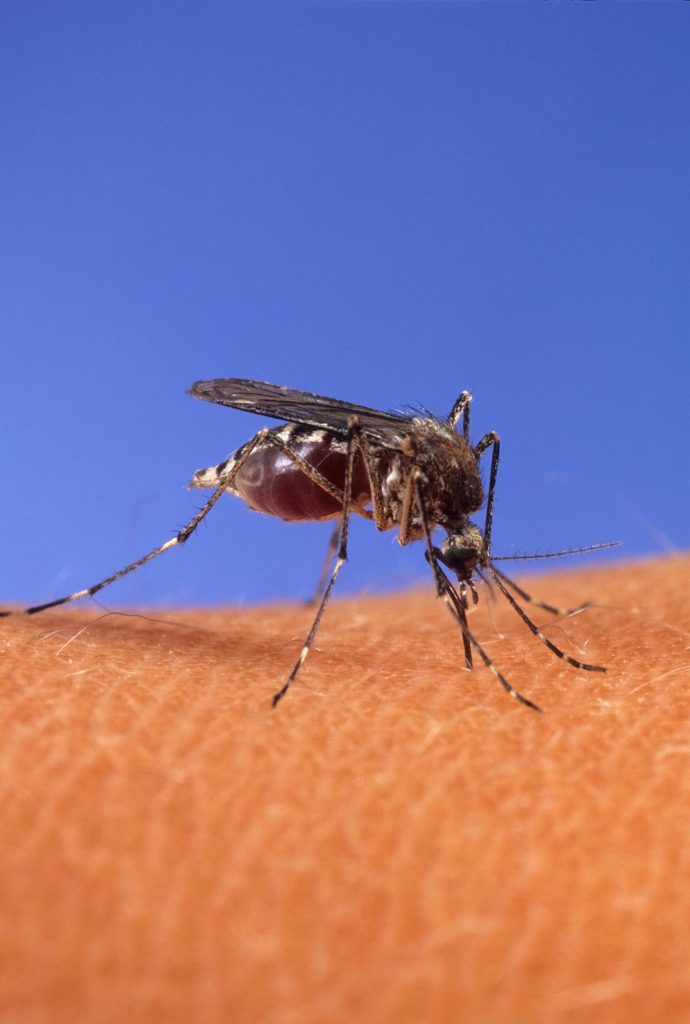
Image/USDA
Through May 22, Thailand health authorities have reported 11062 cases of dengue fever, dengue hemorrhagic fever (DHF) and dengue shock syndrome (DSS), accounting for 19 deaths across the country.
The breakdown of based on the types of infection is as follows: 5704 dengue fever cases were reported from 77 provinces with no deaths reported, 5194 DHF cases were reported from 76 provinces accounting for 4 deaths and 164 DSS cases were reported from 40 provinces including 15 fatalities.
Of the total cases, morbidity rates were highest in Songkla, Pattalung, Pattani, Narathiwat and Nakornsrithamarat provinces.
Thailand reported more than 60,000 dengue cases in 2016. This was preceded by 142,925 reported dengue fever cases, with 141 fatalities in 2015.
Dengue is a viral infection transmitted by the bite of an infected mosquito. There are four closely related but antigenically different serotypes of the virus that can cause dengue (DEN1, DEN 2, DEN 3, DEN 4).
- Dengue Fever (DF) – marked by an onset of sudden high fever, severe headache, pain behind the eyes, and pain in muscles and joints. Some may also have a rash and varying degree of bleeding from various parts of the body (including nose, mouth and gums or skin bruising).Dengue has a wide spectrum of infection outcome (asymptomatic to symptomatic). Symptomatic illness can vary from dengue fever (DF) to the more serious dengue hemorrhagic fever (DHF).
- Dengue Hemorrhagic Fever (DHF) – is a more severe form, seen only in a small proportion of those infected. DHF is a stereotypic illness characterized by 3 phases; febrile phase with high continuous fever usually lasting for less than 7 days; critical phase (plasma leaking) lasting 1-2 days usually apparent when fever comes down, leading to shock if not detected and treated early; convalescence phase lasting 2-5 days with improvement of appetite, bradycardia (slow heart rate), convalescent rash (white patches in red background), often accompanied by generalized itching (more intense in palms and soles), and diuresis (increase urine output).
- Dengue Shock Syndrome (DSS) — Shock syndrome is a dangerous complication of dengue infection and is associated with high mortality. Severe dengue occurs as a result of secondary infection with a different virus serotype. Increased vascular permeability, together with myocardial dysfunction and dehydration, contribute to the development of shock, with resultant multiorgan failure.
Related:

